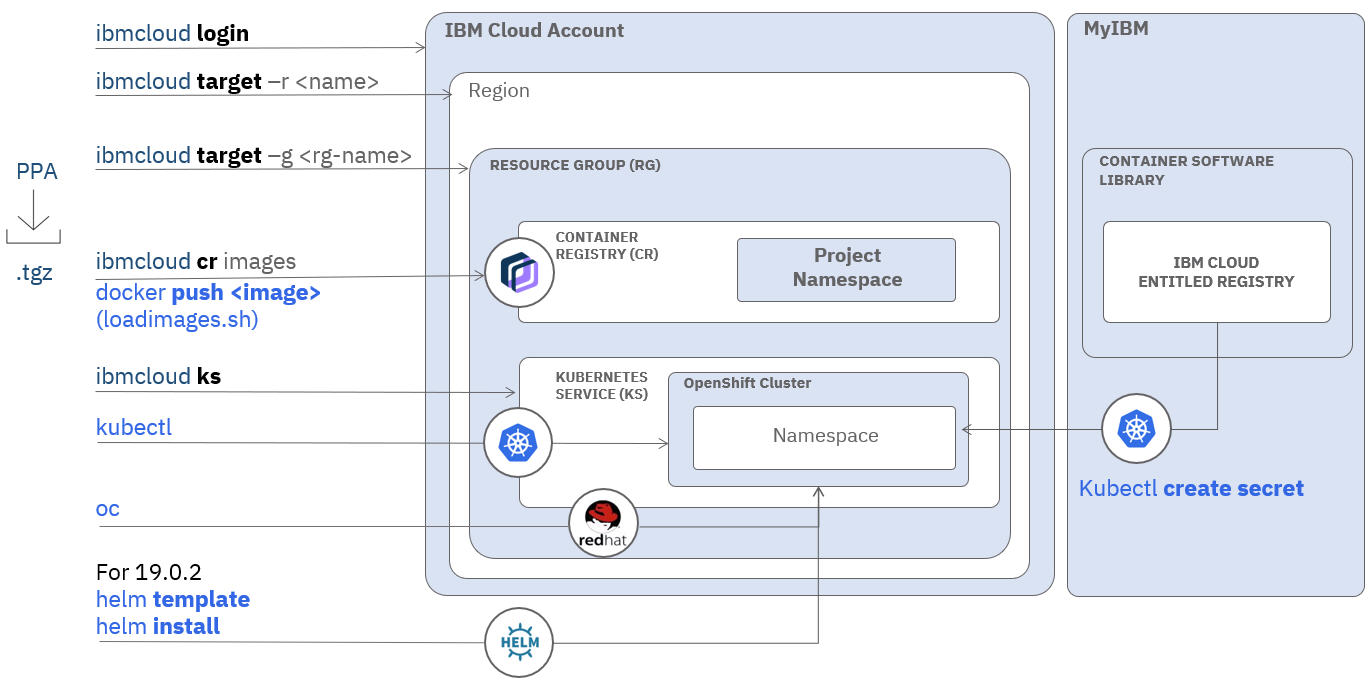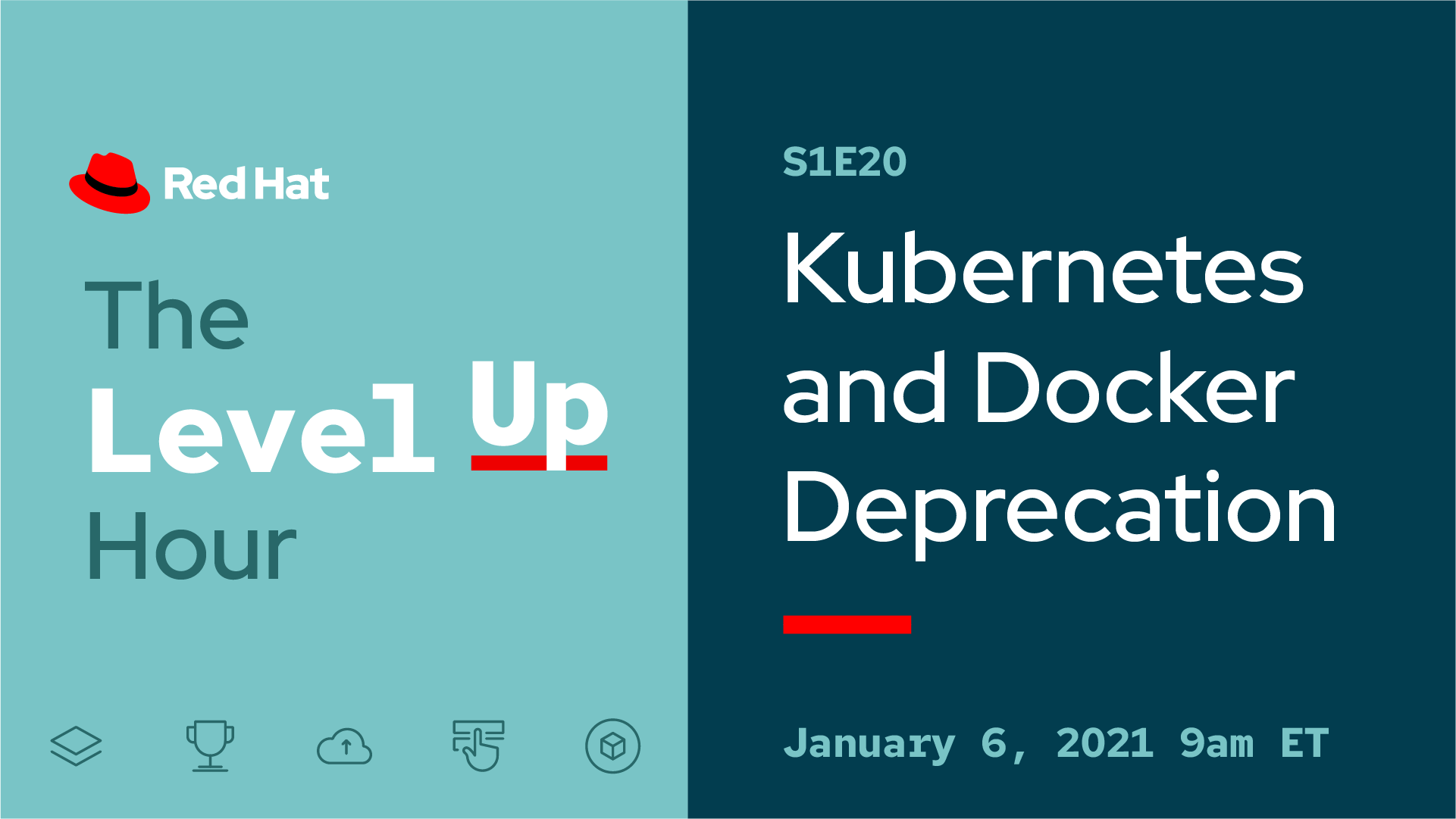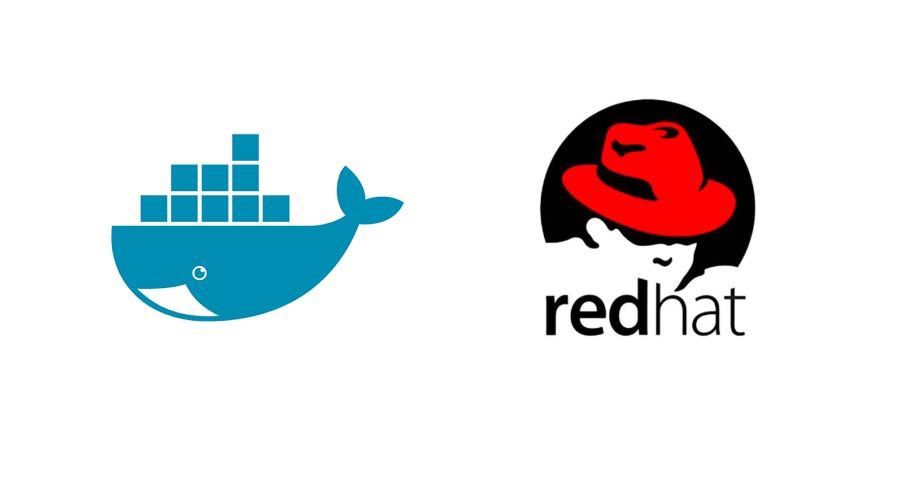I have been talking about systemd in a container for a long time. Way back in 2014, I wrote “Running systemd within a Docker Container.”And, a couple of years later, I wrote another article, “Running systemd in a non-privileged container,” explaining how things hadn’t gotten much better. If you are a new customer, register now for access to product evaluations and purchasing capabilities. Need access to an account? If your company has an existing Red Hat account, your organization administrator can grant you access.
Editor's note: This article covers utilizing the Ansible docker_image module for working with containers. But if you're using a different container toolchain, you may have other options. Be sure to check out our full collection of container articles for the latest and greatest tools for managing Linux containers.

More about automation

Building container images and placing them into upstream repositories is a common way of making your images available to the outside world. However, you might encounter scenarios where you don't want to upload a container image to a repository. Maybe you don't want to upload your image for security reasons, or maybe your cluster is just sufficiently small (e.g., in your home lab) that you don't want to deal with a repository (whether external or self-hosted).
If you have a use case for avoiding the storage of your container images in a repository, then you're in luck! The Ansible docker_image module makes it easy to build, save, and load your images without ever hitting a repository. This article walks you through some simple playbooks that you can incorporate into your workflow to manage containers with Ansible.
Environment overview

First, let me introduce the basic directory structure that I’ll be using for this tutorial:
I have a Dockerfile, an Ansible inventory, and a few simple playbooks for working with the Ansible Docker image module. The hosts in this environment are defined in the inventory.ini file:
Folx go free mac. There are three hosts that I am working with in this article:
- docker-build - This server is used to build Docker containers. The container images are then saved off this host.
- docker01 and docker02 - These hosts are used to run containers. Containers from build01 are uploaded and made available to both of these hosts.
All three hosts in the environment have Docker and the Docker SDK for Python installed. The SDK is a requirement for using the Ansible Docker modules. You can install all of these from the standard repositories via yum:
Building a container
The first step in this workflow is building an actual container image. The image that I use in this article is very simple: it just launches a netcat listener on port 8080 and waits for client connections, as you can see from the Dockerfile:
Users of our site are free to download Adobe After Effects CC 2020 torrent to their computer, and master all the functionality of the program by themselves. By the way, the capabilities of the tool allow you to make realistic explosions, drops of objects from different heights, adjust the camera overview, create dynamic transitions, and this is. Download adobe after effect free mac. We are providing access to the archived documents for all the user/developers community to download. These documents are now no longer updated. To get access to the latest version of AIR, visit the HARMAN website: HARMAN - Adobe partnership; Adobe AIR SDK from HARMAN. Download Adobe Photoshop CC 2019 for Mac Free. Click on below button to start Adobe Photoshop CC 2019 Download for Mac OS X. This is completely Tested and Working Latest Version Mac OS App of Adobe Photoshop CC 2019. It is offline installer and standalone setup for Adobe Photoshop CC 2019 for Apple Macbook Macintosh. Adobe After Effects is a digital visual effects, motion graphics, and compositing application developed by Adobe Systems and used in the post-production process of film making, video games and television production. Among other things, After Effects can be used for keying, tracking, compositing, and animation.
Docker For Redhat Linux
A simple Ansible playbook can then be used to build a container image based on this Dockerfile:
This playbook creates a build directory on the 'build' server, copies the Dockerfile to this directory, and then builds the container using the docker_image Ansible module. The source parameter set to 'build' tells the module to build a container image based on the listed path. In this case, the path points to the directory and Dockerfile that were copied to the build host.
Running this playbook successfully builds the container image:
You can log into the build server after the playbook completes to see that the democontainer:v1.0 image has been successfully built and is available to launch a container:
Saving a container image
Facebook from mac app store. Check out the app and download now! BARS is a new app that lets you create a high-quality rap in a fun and easy way. No formal rap experience required, you can create something great whether you’ve just thought of a dope couplet or have been freestyling for years. BARS is built by the New Product Experimentation from Facebook. Read our Data Use Policy, Terms and other important info in the legal section of our App Store description. Continued use of GPS running in the background can dramatically decrease battery life. Facebook doesn't run GPS in the background unless you give us permission by turning on optional features that require this.

Container images can be saved to a tarball using the docker save command. Tarballs provide a convenient way to 'export' your container images. The Ansible Docker image module also includes support to export an image to a tar file:
This playbook first archives the image using the docker_image module and then fetches the file from the remote server and places it into the local directory. After successfully running the playbook, you have a tar file in your local directory that contains the contents of the image:
Notice that the democontainer is now tarred up in the local directory:
Loading a container image
Docker For Redhat Linux
With the image now downloaded to your local system, you can again use the Ansible Docker image module to upload the tarball to all of your Docker hosts and import it. Once imported, the container image is available to launch containers.
This playbook copies the tarball created in the save.yml playbook to all of the Docker hosts. It then loads the container image to make it available to future docker run commands.
Once the playbook has successfully run, the container image can be seen when listing out the available images on any of the Docker hosts:
You can then launch a container on one of the hosts and see that it works.
Launch the container:
The below command is executed in a separate session:
You can see that the output is echoed back within the container via netcat:

If you want to avoid the need to copy the container image to your local host and then copy it back to the Docker hosts, you can check out the Ansible synchronize module. While out of scope for this article, you can gain some efficiencies with this thin wrapper around rsync.
Wrapping up
This article walked you through the use of the Ansible Docker image module, which provides a way to manage container images on remote hosts. You learned how to build, save, and load an image through simple Ansible playbooks. While using a container repository is a standard way to make an image available across multiple hosts, the use of this Ansible module can also provide a simple mechanism for sharing your images in a small environment.
[ Need more on Ansible? Take a free technical overview course from Red Hat. Ansible Essentials: Simplicity in Automation Technical Overview. ]
Docker For Redhat 7
Free Event: Red Hat Summit 2021 Virtual Experience
Docker For Redhat 7.6
Join Red Hat Summit Virtual Experience for live demos, keynotes, and technical
sessions from experts around the globe—happening April 27–28 and June 15–16.
Related Content
